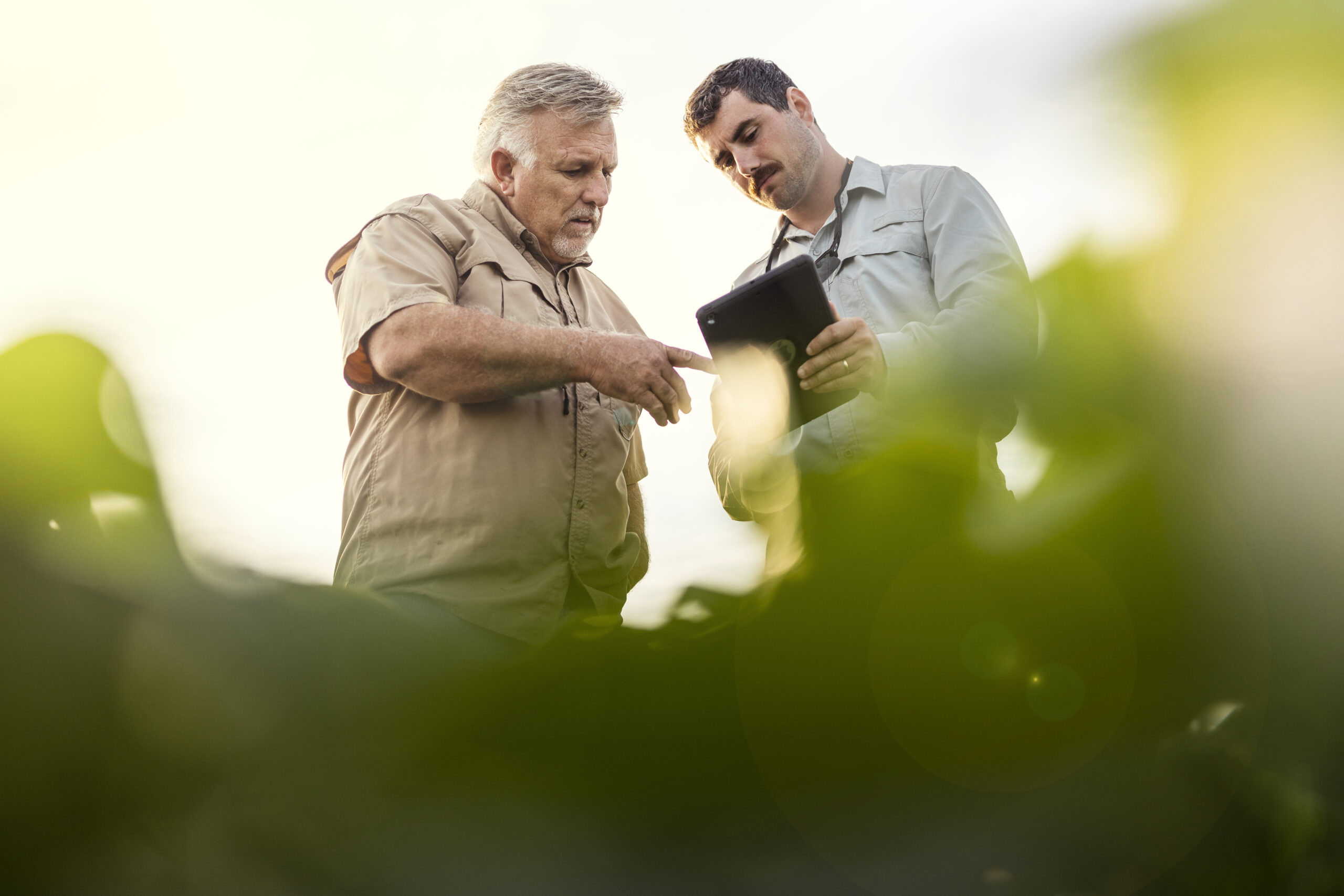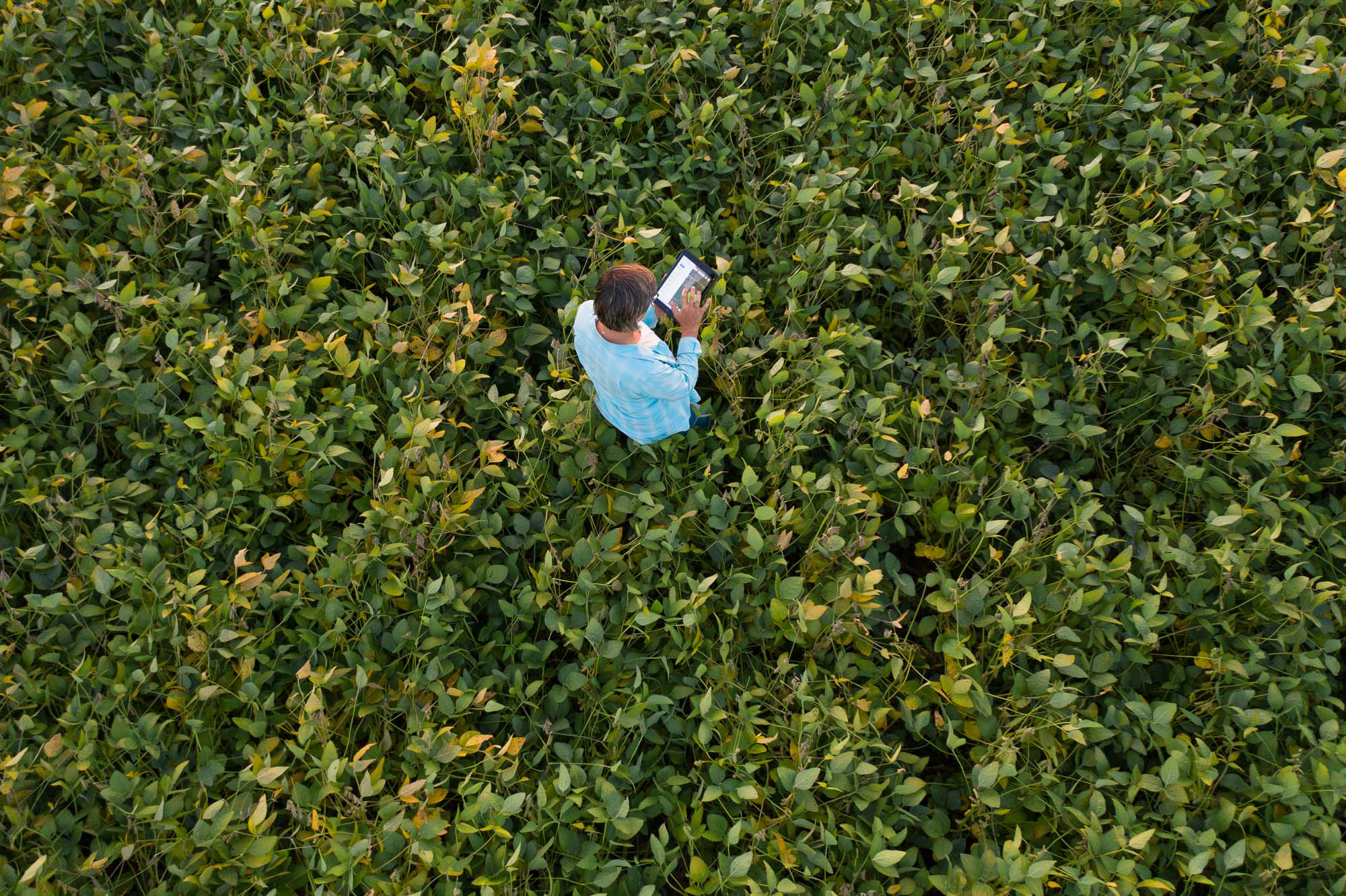Farmers for Soil Health Enrollment
Get notified of enrollment updates by filling out our form!
Login or begin enrollment here!
Farmers for Soil Health is a program created by farmers for farmers and is committed to enhancing soil health practices, like planting cover crops, to improve the environment and profitability of farmers. The program provides financial incentives, local research-based technical support to help farmers with field transitions, and an exclusive marketplace connecting farmers and supply chain partners interested in supporting sustainable farming practices.
Get paid to improve your soil
Farmers for Soil Health offers financial incentives to help offset the costs of planting cover crops, so you can try something new while setting your farm up for long-term profitability and resilience.
One-on-one support from local experts
You’ll have access to dedicated technical advisors who will work with you to choose cover crops tailored to your soil, climate, and farm goals.
Tap into new market opportunities
Enrolled farmers may gain access to a sustainability-focused marketplace, connecting you with buyers who prioritize soil health and regenerative practices. This can give you a competitive edge in tomorrow’s ag economy.
Current Cover Crop Enrollment – Get Updates
Why Farmers for Soil Health?
Our farmer-led partnership advances soil health practices like cover crops to meet sustainability and profitability goals.
We’re proud to support efforts to be better stewards of the land and improve the environmental footprint and efficiency of our customers’ products.

Dedicated experts by your side: Local Technical Advisors help you find the best fit for your farm.

Financial incentives: Receive financial incentives to help cover the costs of trying something new.

A market with you in mind: Farmers may have access to a marketplace connecting them with buyers.
Cover Crops Don’t Just Sit In The Ground; They Work For You
- Reducing soil erosion
- Improving soil structure and organic matter
- Enhancing water storage and infiltration
- Increasing drought resistance
- Aiding in weed control
- Providing much-needed habitats for endangered wildlife, including birds and pollinators



